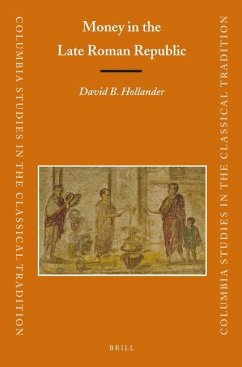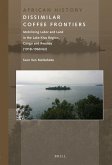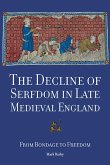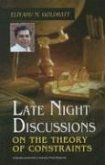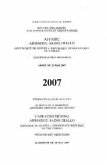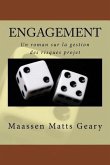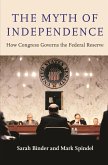Roman monetary history has tended to focus on the study of Roman coinage but other assets regularly functioned as, or in place of, money. This book places coinage in its broader monetary context by also examining the role of bullion, financial instruments, and commodities such as grain and wine in making payments, facilitating exchange, measuring value and storing wealth. The use of such assets reduced the demand for coinage in some sectors of the economy and is a crucial factor in determining the impact of the large increase in the coin supply during the last century of the Republic. Money demand theory suggests that increased coin production led to further monetization, not per capita economic growth.
Hinweis: Dieser Artikel kann nur an eine deutsche Lieferadresse ausgeliefert werden.
Hinweis: Dieser Artikel kann nur an eine deutsche Lieferadresse ausgeliefert werden.

